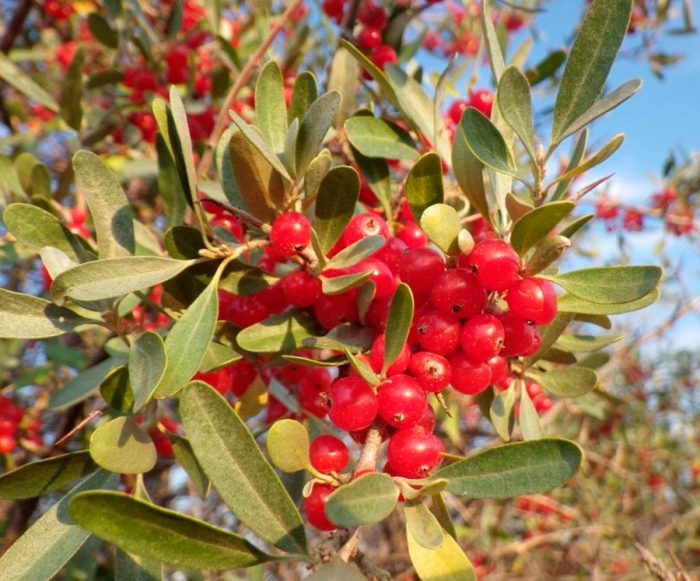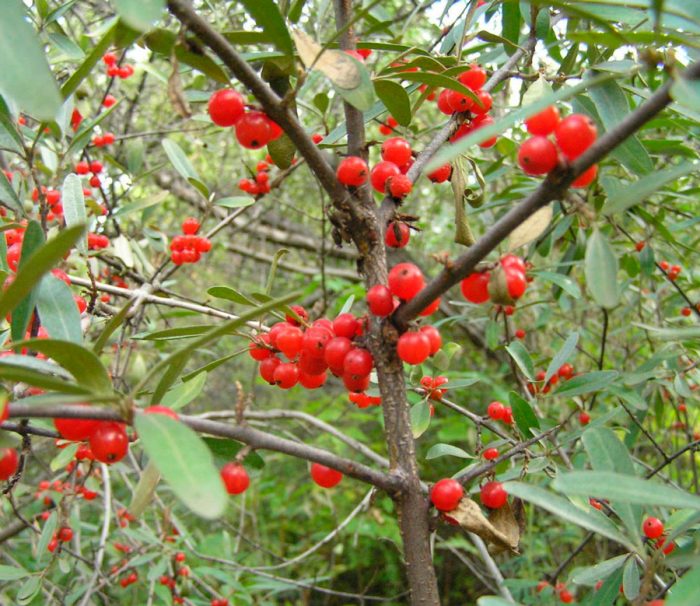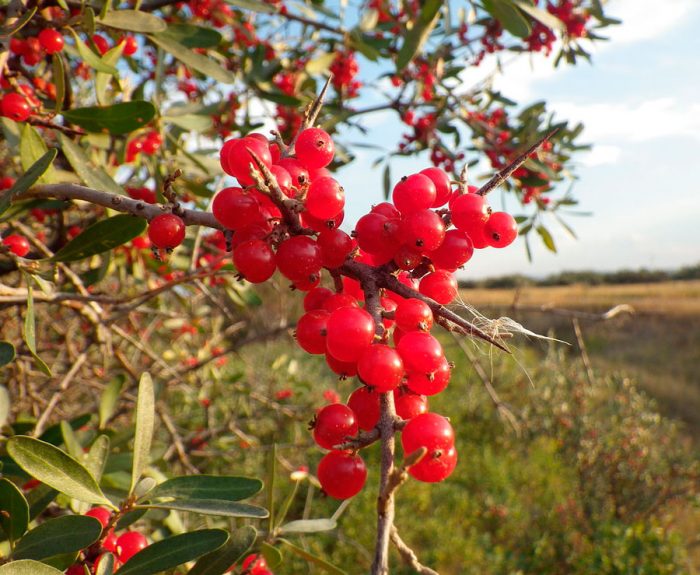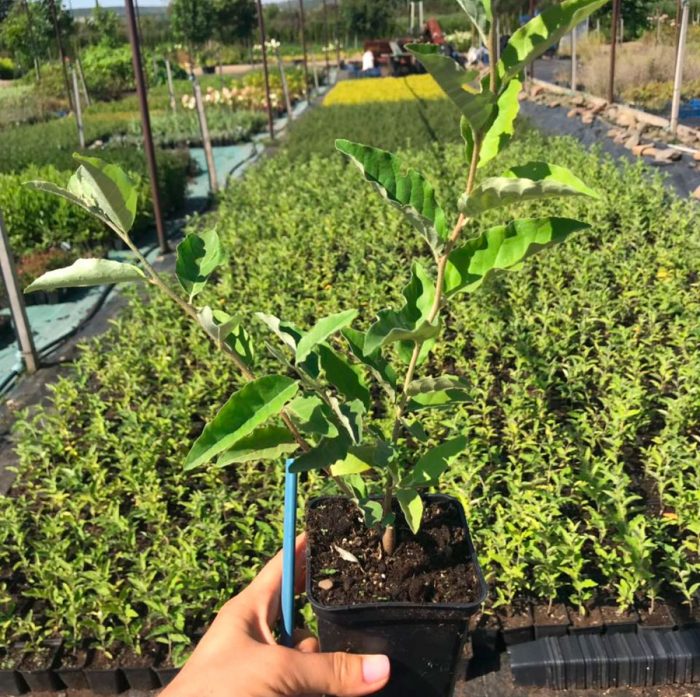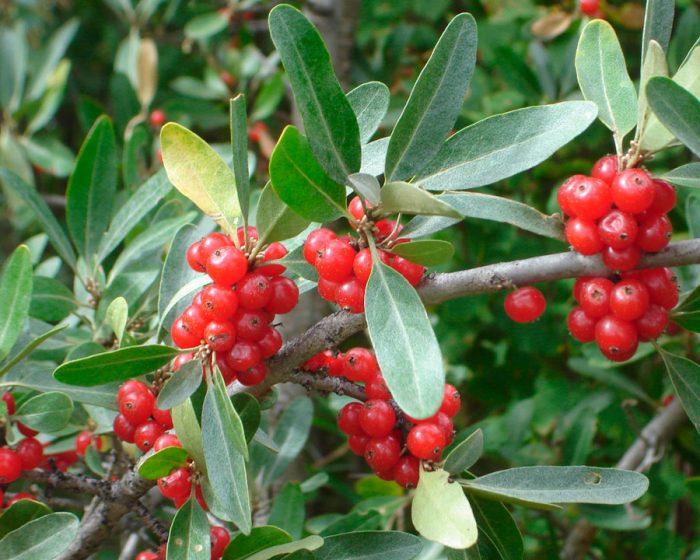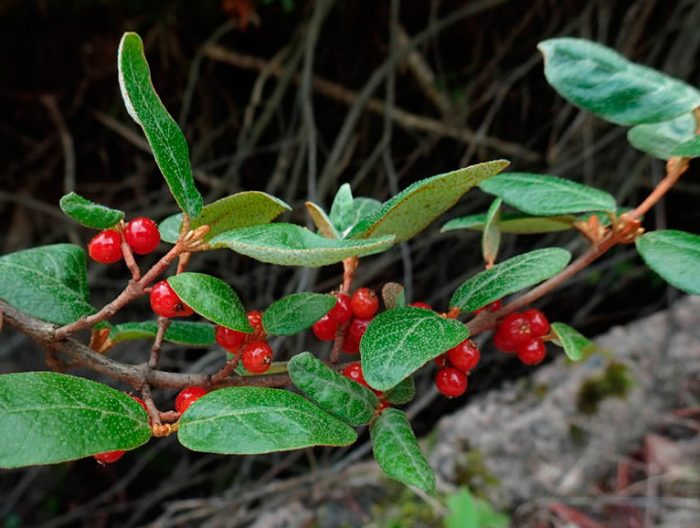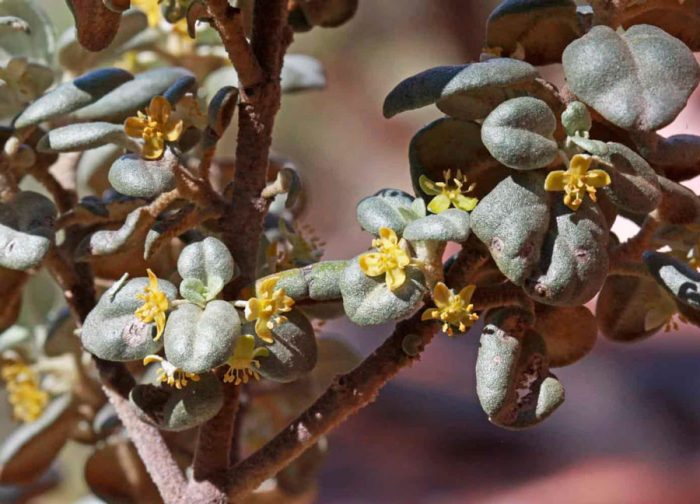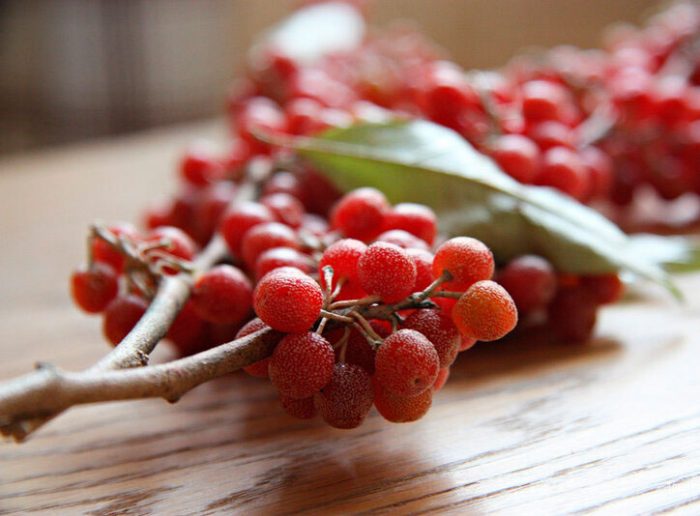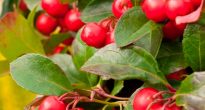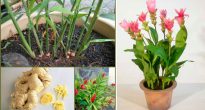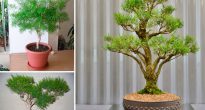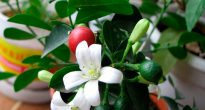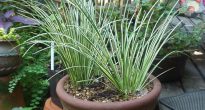The perennial shepherdia plant is a sprawling shrub. It belongs to the Lokhovye family, and in the wild it can be found in North America. However, it is quite successfully cultivated in Europe.
This shrub is also called "soapy berry" or "buffalo berry". Outwardly, shepherdia and sea buckthorn look almost the same. However, sea buckthorn fruits are less useful and tasty than shepherdia. This plant is cultivated in the open field, and there is nothing difficult in caring for it. With minimal attention from the gardener, this shrub will delight him not only with an attractive appearance, but also with a rich harvest. If you follow the simple rules of care, then you shouldn't have any problems when growing shepherdia in your garden.
Content
Features of Shepherdia
Shepherdia is a perennial shrub that can vary in height from 3 to 7 meters. Both deciduous and evergreen forms are found in nature. The surface of the thin branches is covered with a rough gray-yellow bark. Shoots are highly branched along the entire length and have long spines on their surface. Over time, the branches intertwine with each other and lean towards the surface of the soil, as a result of which the shrub becomes more like a thorn hedge.
The stems are adorned with rich green, short-petiolized, opposite foliage, oval or lanceolate. The structure of the leaves is quite dense, and their length can vary from 40 to 70 millimeters. Either only on the seamy side, or on both surfaces there is a bloom of silvery color, which is a scaly short villi.
The shrub blooms in the last days of March, while spike-shaped inflorescences are formed in it, which consist of very small axillary flowers. In this case, flowers appear on the shrub earlier than foliage. In flowering shepherdia, the branches are densely covered with flowers, which are attached to the stems with the help of short pedicels. Note that this culture is dioecious. And this means that there are bushes with only female or only male flowers. If you want to not only admire the shepherd, then you will have to plant at least 2 bushes: male and female. At the same time, experts advise planting a maximum of 7 to 10 female ones on one male bush.Note that male flowers open a little later than female flowers. Insects are needed for the flowers to be pollinated. After pollination, small rounded berries are formed in place of the buds.
Drupes are covered with a red skin, on the surface of which there are a large number of whitish small dots. The berries can be eaten. Their flesh is very delicate, sweetish-sour tart taste. Shepherdia fruits are most often used for making jellies, jams and compotes, but they are rarely eaten fresh. Drupes do not crumble from the branches until the very frost. Berries lined with frost become much sweeter and tastier. There is one flattened seed inside the drupe.
The shrub will be able to bloom and bear fruit only in the third or fourth year of growth. After full ripening, the berries easily crumble from the branches, so harvesting is very easy. From one adult bush per year, you can collect about 15 kilograms of berries.
Planting and caring for shepherd
Gardeners in Shepherdia are attracted by its unpretentiousness and the ability to quickly adapt to unusual growing conditions. Any soil is suitable for growing it. But if you have heavy soil in your area, then it is better to add gravel or sand to it to improve drainage.
When choosing a site for planting, it should be borne in mind that if it is open and well lit, then the plant will produce a rich harvest of sweeter fruits. Any of the species of this plant has excellent winter hardiness, so the bushes do not need to be covered for the winter. Even drafts are not harmful to Shepherdia.
Watering
This drought-resistant plant reacts negatively to liquid stagnation in the roots. As a rule, it does without watering, since it has enough rain. However, during a prolonged dry period, the plant is provided with moderate watering, especially if at this time its fruits begin to ripen.
Weeding
In order for the bush to grow and develop within normal limits, it is necessary to remove the grass in a timely manner on the site and loosen the soil surface. Since the root system is superficial, weeding and loosening are carried out with great care.
Pruning
In order to make the bush more attractive, it is systematically pruned. So that caring for the plant does not cause difficulties, and its berries are easy to pick, with the help of regular pruning, the height of the bush is limited to 200 cm.Do not forget to regularly cut out excess branches, if you do not thin out the crown, then soon the shoots will begin to get tangled and lean to the ground.
Reproduction methods
Growing from seeds
Sowing seeds of Shepherdia is carried out directly in open ground, and they do it in late autumn, or rather, in November. They are buried in the ground only 15–30 mm. In winter, the crops are covered with a thick layer of snow. The first seedlings should appear in the second half of April. In September, the height of the grown seedlings will be 10-15 centimeters. At this time, they can be transplanted to a permanent place. A bush grown from seeds will bloom and bear fruit only 4-6 years after germination.
Cuttings
Most gardeners prefer to propagate shepherdia by cuttings, since in this case you can easily identify a female bush in front of you or a male one. First, cut the green cuttings, each of which should have 2 or 3 buds, and their length can vary from 8 to 12 centimeters. For 24 hours, the cuttings are placed in Kornevin's solution, after which they are planted in a substrate consisting of peat and sand, deepening into the soil mixture by 30–40 mm. In the last days of September, the planted sections should grow roots, after which they are transplanted to a permanent place.
Separation of root processes
Each year, an adult bush forms several root processes. If necessary, simply dig up the scion and transplant it to another location. You can transplant in March or April, and even in the first days of September.
Types of Shepherdia with photos
The shepherdia clan includes only 3 types, the description of which is given below.
Shepherdia silver (Shepherdia argentea)
On young branches, as well as on both surfaces of the leaf plates, there is a whitish pubescence. That is why the species was named silvery shepherdia. The height of the bush, covered with sharp thorns, can reach 6 meters. It blooms in the second half of April. In male bushes, small spike-shaped inflorescences are formed, and in female bushes, flowers grow singly. Fruit ripening is observed in September, while they are colored orange-yellow or red.
The Goldeneye variety is very popular among gardeners, distinguished by its high decorative effect. The berries on this shrub turn deep yellow after ripening.
Shepherdia canadensis (Shepherdia canadensis)
Outwardly, this species is similar to a small sprawling tree. The surface of the branches is covered with brown bark. The front surface of the foliage is dark green and not pubescent, and on the seamy side there are small yellow scales and silvery pubescence. The shrub blooms around the second decade of April. Its small flowers are yellow with a greenish tint. Ripening of oblong fruits is observed in early autumn, they reach a length of 0.4 to 0.8 cm and have a dark red tint.
Shepherdia rotundifolia
The species is represented by a sprawling, vigorous shrub, the shoots of which are tightly intertwined with each other. The branches are densely leafy with round dense foliage of a dark green color. The surface of the leaves is strewn with many warty growths. The bush blooms very luxuriantly and gives a rich harvest. Under the weight of the berries, the stems bend to the ground. In the wild, this species is found almost exclusively on the Colorado plateau.
Shepherdia in landscape design
Shepherdia growing in the garden attracts attention with bright berries and silvery leaves. It looks most impressive against the background of shrubs with reddish leaf plates (for example, irga, barberry or weigela), and also next to coniferous crops. With it, you can create hedges. And to create a good background in the flower garden, they use undersized varieties.
Useful properties of Shepherdia
Shepherdia's fruits contain a large amount of vitamin C, as well as such useful substances as: vitamins P, A and E, organic acids, tannins and pectin.
If there are these useful berries, it will help to improve blood vessels, make the immune system stronger, and also bring blood pressure back to normal. Eat these wonderful fruits fresh, and you can also use them to make various sauces, preserves, tinctures and jams. Such berries can be eaten by everyone, except for people with individual intolerance. You also need to be careful and allergy sufferers.
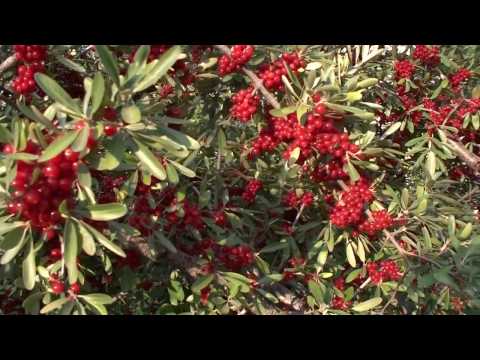

Watch this video on YouTube

